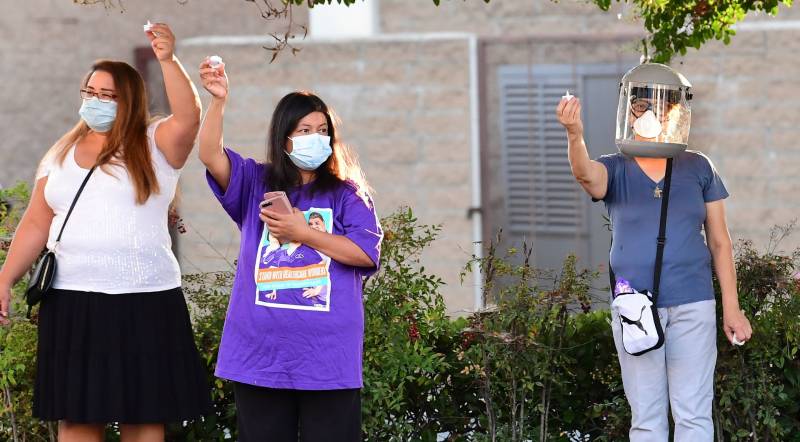When there’s a public health crisis or disaster like the coronavirus pandemic, experts know that the official death tally is going to be an undercount by some extent. Some people who die might never have been tested for the disease, for example, and if people die at home without receiving medical care, they might not make it into the confirmed data.
To address that, researchers often look to what are called excess deaths — the number of deaths overall during a particular period of time compared to how many people die during the stretch in a normal year.
Now, in the most updated count to date, researchers at the Centers for Disease Control and Prevention have found that nearly 300,000 more people in the United States died from late January to early October this year compared to the average number of people who died in recent years. Just two-thirds of those deaths were counted as COVID-19 fatalities, highlighting how the official U.S. death count — now standing at about 220,000 — is not fully inclusive.
To be exact, the researchers reported that 299,028 more people died from Jan. 26 to Oct. 3 this year than on average during the same stretch from 2015 to 2019. Excess deaths also occurred at higher rates among Latinx, Asian, American Indian, and Black people than among white people, mirroring the disparities in official U.S. COVID-19 death counts.
Most likely, the excess deaths account for some otherwise untallied COVID-19 deaths — those who may have died without being tested or who died at home and whose deaths were not counted as caused by the coronavirus. But the 300,000 number probably also includes people who died because they were scared to seek out medical care because of the pandemic or had their care interrupted, and because of other causes. One limitation of the study, the researchers noted, was that the U.S. population is growing and getting older, so more deaths might have occurred in 2020 versus recent years without a pandemic, making a direct comparison harder.

